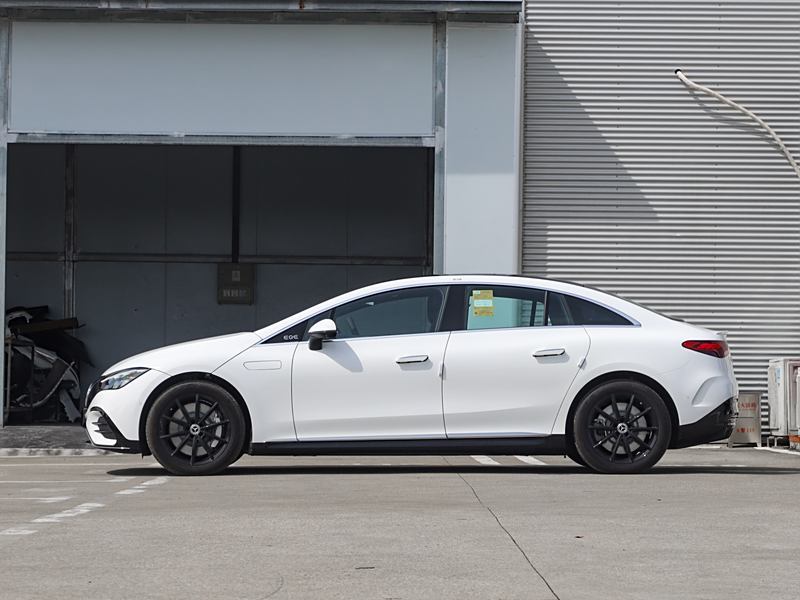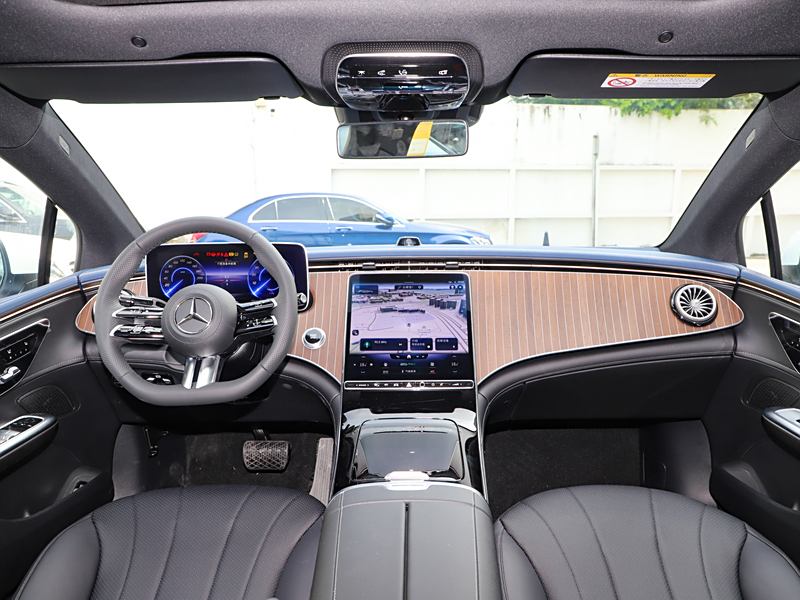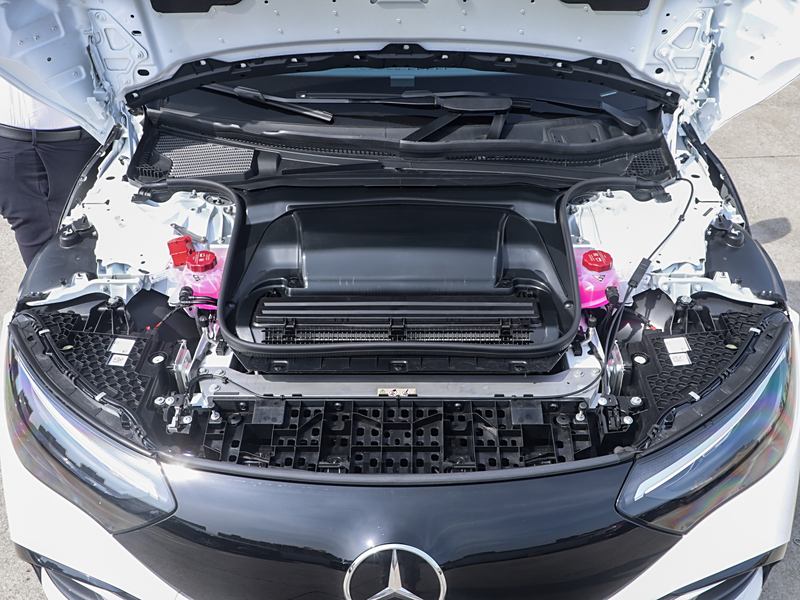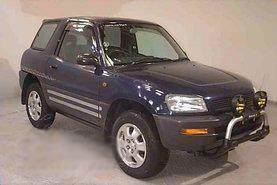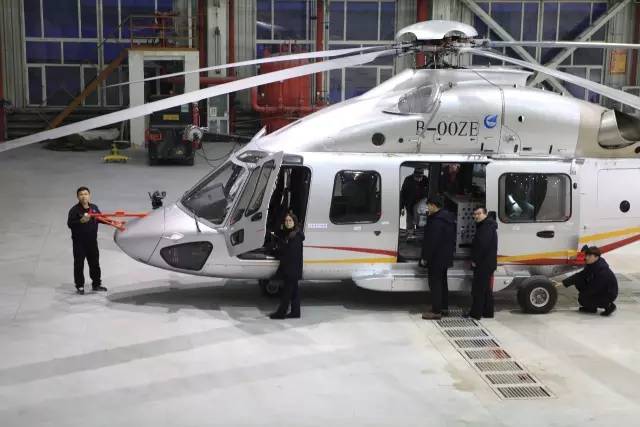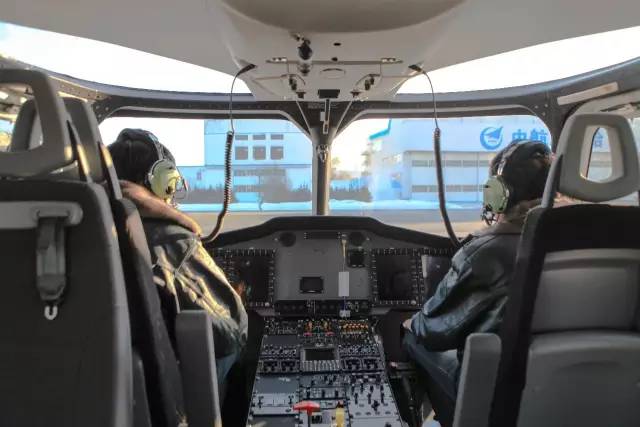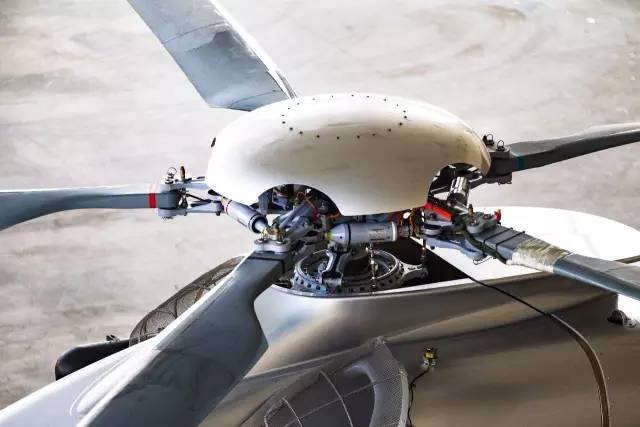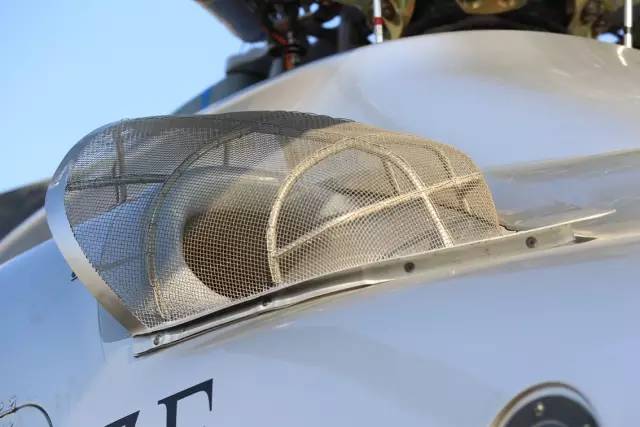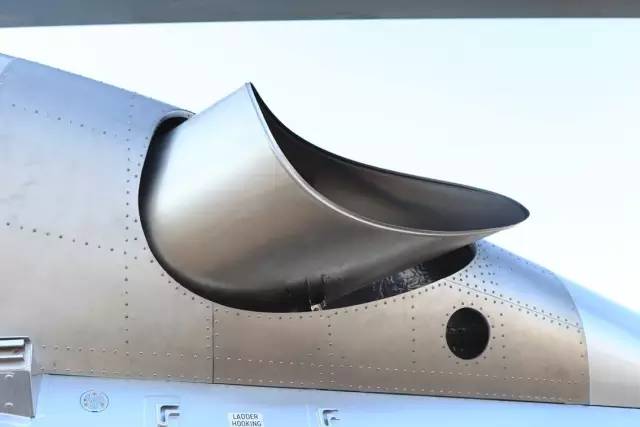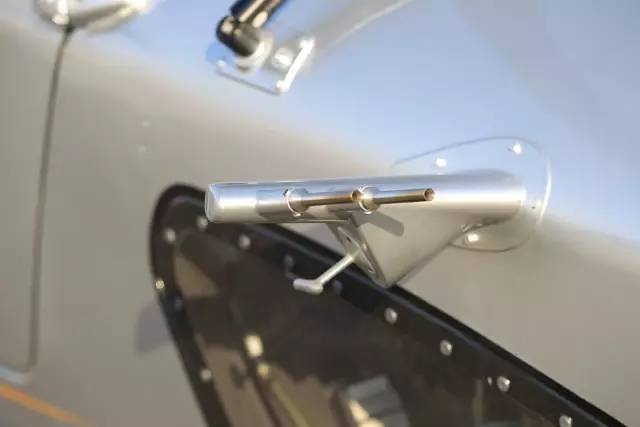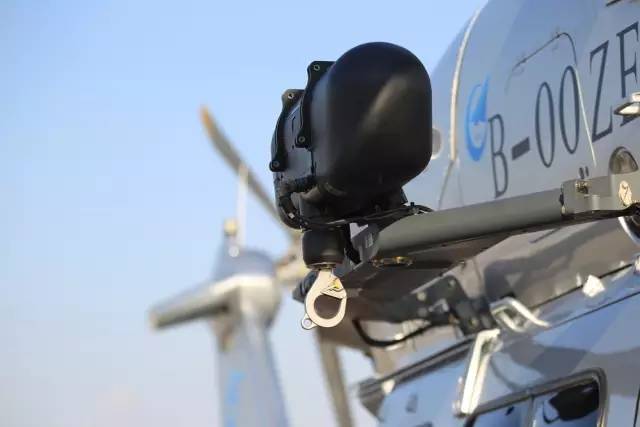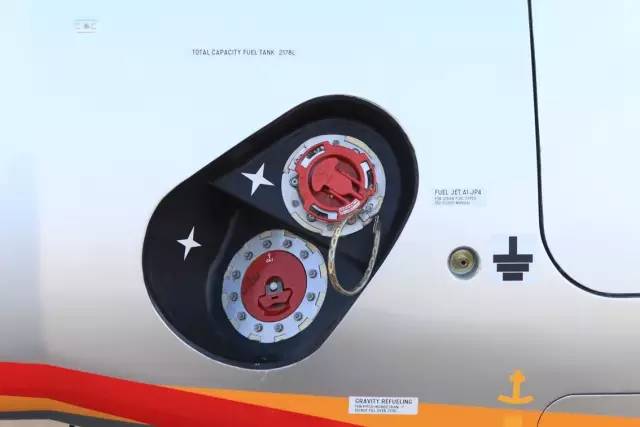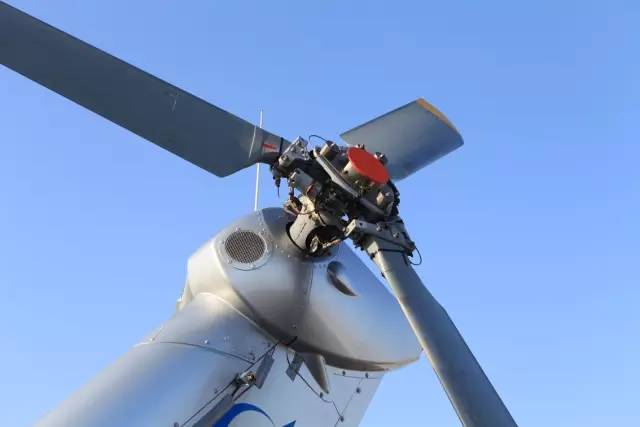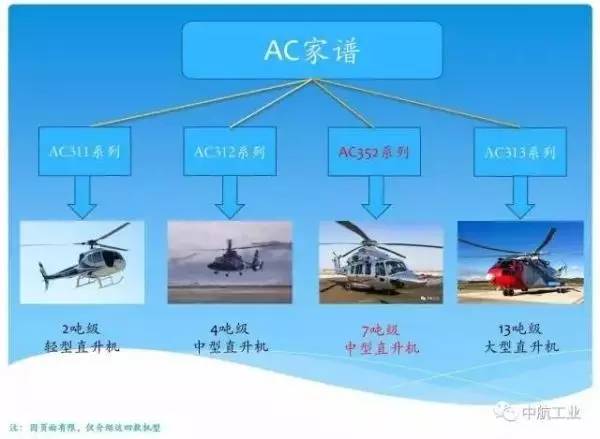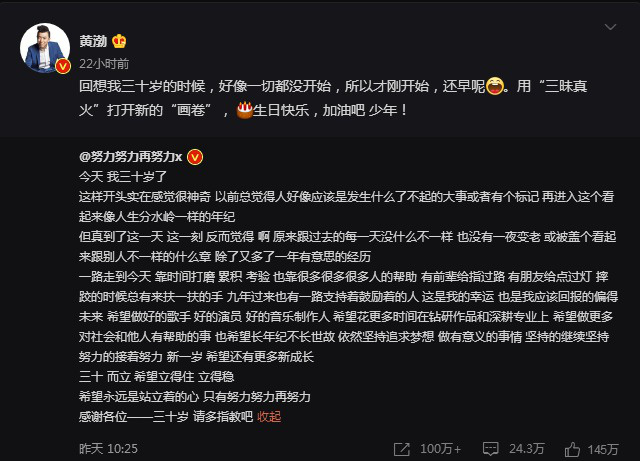Starting from 149,800 yuan, the brand-new Fenglanda leads the new wave of electric mixing.
The new energy vehicle market is full of flowers, and all kinds of new cars "you can sing and I will debut". But in terms of brand strength, a brand that can stand the test of time can truly show its "heroic nature."
In the hundred years when the automobile industry has been in a sea of waves, countless brands have been "washed out by waves", leaving some brands with real car-making background and user thinking. Perhaps some consumers will think: what kind of ability do century-old international brands have in electrification strategy?
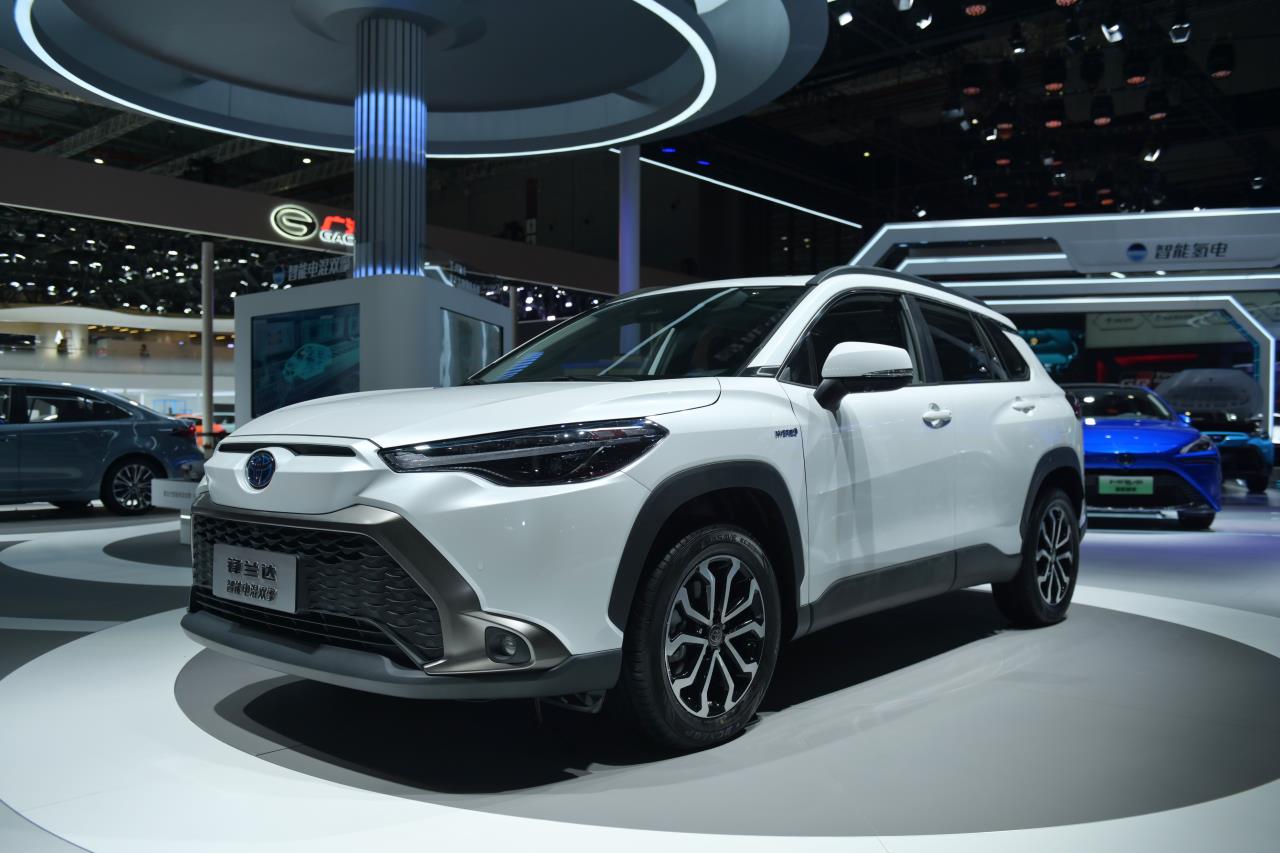
Take Toyota as an example, this century-old Japanese brand has 26 years of experience in electrification accumulation, and its hybrid models are also selling well over 20 million vehicles worldwide.
Today, Toyota Motor has brought more quality hybrid products to users through the joint venture company GAC Toyota. Perhaps this model just solves the "stereotype" of some consumers about the lack of electrification reserves of joint venture brands.
With the application of the fifth generation intelligent electric hybrid dual-engine technology, the technology accumulation achieves reliable quality.
As mentioned above, Toyota’s electrification technology is not "fledgling", but has accumulated technology for many years. Toyota’s new energy vehicle has been running for 26 years since the first generation of electric hybrid technology appeared. At the beginning of the 21st century, Toyota’s electric hybrid technology has been introduced into China by GAC Toyota through Camry.
Mr. Zhang, the owner of the car, told Shell Finance that the old Camry twin-engine was very reliable. It had been used for 12 years and the driving mileage exceeded 100,000 kilometers, but there was still no fault in battery technology and hybrid system.
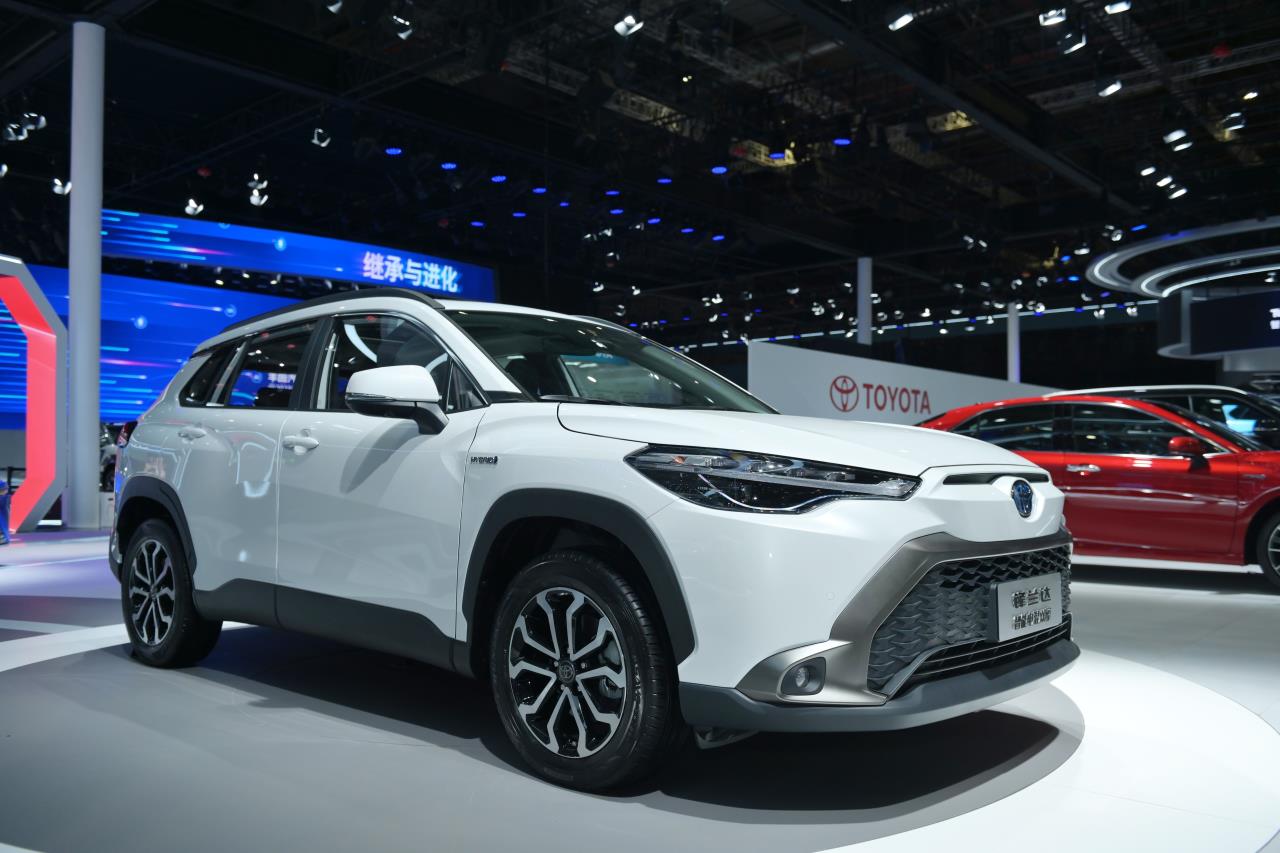
Nowadays, the intelligent electric hybrid dual-engine technology has been innovated to the fifth generation, and it has been quickly carried in Lei Ling and Fenglanda, the core products of GAC Toyota, and both products have attracted a lot of attention from consumers. In the future, more models of GAC Toyota will also popularize this technology. This not only demonstrates the determination of GAC Toyota to continue to promote electrification development, but also shows the full confidence of enterprises in their own electric hybrid technology.
At the Shanghai Auto Show, the Fenglanda model equipped with the fifth-generation intelligent electric hybrid twin-engine technology has been officially launched, and the product price range is 149,800 yuan-184,800 yuan.
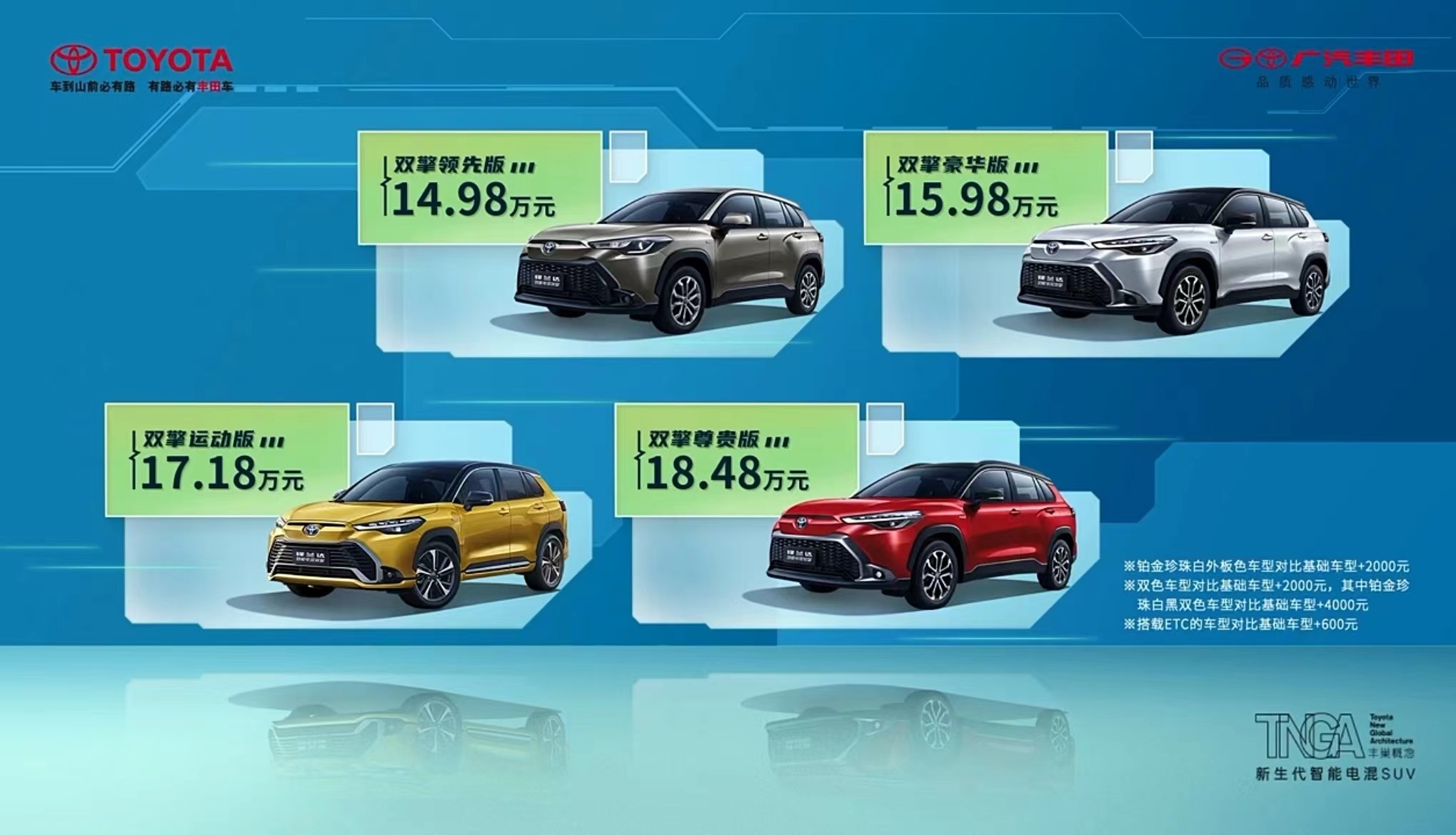
For the fifth-generation intelligent electric hybrid dual-engine technology carried by Flanders, there are more technological innovations than before. The two core innovations are full-speed domain support for motor intervention and more gratifying fuel consumption performance.
According to the official information released, the fifth-generation intelligent electric hybrid dual-engine technology has realized the innovation and upgrading of the three-electric system, providing different motor power in the full-speed domain, which not only allows the vehicle to get the experience comparable to that of pure electric vehicles when accelerating, but also lasts longer in the latter part of acceleration.

In terms of power, Fenglanda is the first to take a 2.0L fifth-generation intelligent electric hybrid twin engine, with a maximum output of 144 kW and a maximum horsepower of nearly 200 horsepower, making the power output more sensitive and powerful.
The fifth-generation intelligent electric hybrid twin-engine that does not need to be plugged in has no fear of extreme environments such as extreme cold and heat, and there will be no worries about battery pack recharge when it brings high-quality driving experience. In terms of fuel consumption, the fuel consumption of this entry-level SUV under WLTC condition is only 4.57 liters /100 kilometers.
With the reliable accumulation of historical experience, brand-new intelligent, efficient and refreshing product experience, and worry-free vehicle conditions, GAC Toyota gave the answer that "you can have your cake and eat it" on the road of embracing carbon neutrality.
Feng Landa’s entry is high and accurate.L3Level driving assistance experience becomes a brand label
In the past, joint venture brands often hesitated when buying a car because of "insufficient configuration of low-middle models". However, as a pioneer, GAC Toyota has broken the pain point of this industry and even surpassed some independent brands that win by "configuration".
As the first SUV model of GAC Toyota equipped with the fifth-generation intelligent electric hybrid twin-engine technology, Fenglanda not only has high-quality power system, higher-level auxiliary driving system and other technologies, but also makes this entry-level SUV shine.
The Fenglanda intelligent electric hybrid twin-engine comes standard with 28 high-value configurations, such as 7 airbags, intelligent keyless entry system and high-level assisted driving (quasi-L3 level), which all show the sincerity of the brand to embrace intelligence and adhere to user safety.
As a joint venture brand, GAC Toyota is making every effort to promote intelligent changes and bring users reliable assisted driving functions and high-quality intelligent cockpit experience.
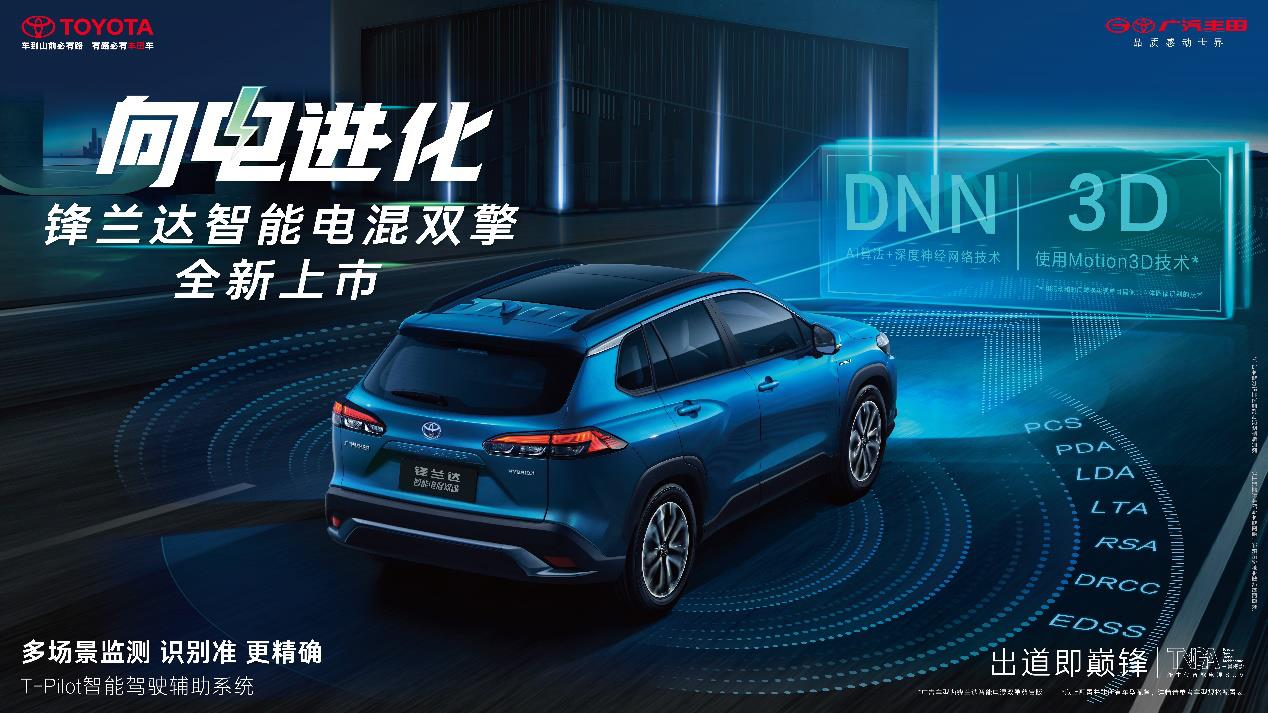
It is reported that the Fenglanda intelligent electric hybrid twin engine is equipped with the leading T-Pilot intelligent driving assistance system at the same level, and has achieved the standard of the whole system.
The system relies on hardware and software upgrade, which can avoid 41% fatal driving scenarios. Compared with competing products, Fenglanda’s active driver assistance technology has four main characteristics: maturity, comprehensiveness, originality and low threshold, which gives Fenglanda leapfrog active safety performance.
GAC Toyota’s quasi-L3 level assisted driving technology stems from Toyota’s accumulation in the global automobile market. The technology aims at "zero error", relies on Toyota’s global user big data, is developed based on 12.5 billion kilometers of intelligent driving zero accident data, and has the world’s first PDA and EDSS systems, which can improve driving safety and reduce driving burden in more complex road conditions. Furthermore, vehicles can also support OTA upgrades, which are often used frequently.
Specifically, two "pioneering technologies" applied by GAC Toyota are PDA predictive active driving assistance system and EDSS emergency driving stop system. The former can slow down or brake pedestrians, bicycles or cars passing laterally at a long distance at a speed of 30-80km/h, no matter what weather (rain, snow, sunny day, cloudy day, etc.). If collision is unavoidable, it can actively turn to 0.5m in the opposite direction of the object to avoid over-approaching.
In the latter case, if the system determines that the driver can’t continue driving because of fatigue or acute illness, the vehicle will automatically slow down. When the driver is still not operated after continuous warning, the system can automatically slow down and stop in the lane, and turn on the double flash to wait for rescue.
It is worth mentioning that GAC Toyota has launched the slogan of "equal rights in science and technology" while the whole system comes standard with assisted driving functions. With the support of this concept, GAC Toyota will gradually bring high-level assisted driving functions to its products.
A number of configuration upgrades to create an intelligent cockpit and embrace young users.
In addition to the improvement of vehicle intelligence and the innovation of entry configuration, GAC Toyota has also made many upgrades in the field of intelligent cockpit. Fenglanda intelligent electric hybrid twin engine is equipped with Toyota’s latest Toyota Space intelligent cockpit and Toyota Connect intelligent interconnection technology. Among them, dual big screens, three smart platforms, mobile phone interconnection, digital keys and other functions bring a number of leapfrog intelligent configurations, and the experience is comparable to that of a luxury brand SUV with a level of 300,000.
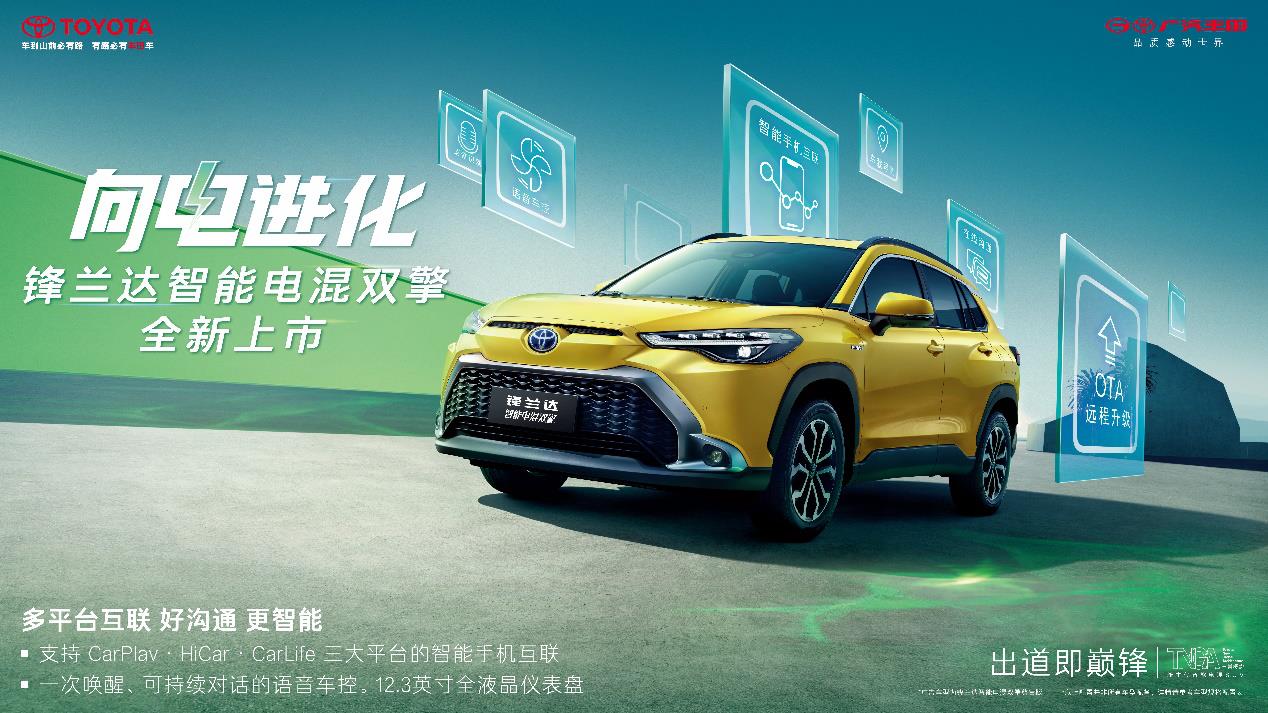
Specifically, the Fenglanda intelligent electric hybrid twin engine adopts the car-level car chip from Renesas, one of the top 10 semiconductor companies in the world, and its LCD instrument panel is 12.3 inches in size, providing four styles and three interface designs, which can be linked with the central control panel.
The central control screen is a 10.25-inch touch screen, and users can control the air conditioning, ambient lights, doors and windows of the vehicle by touch. Yes, this entry-level joint venture SUV also provides consumers with small eggs like atmosphere lights. Of course, users can also communicate with vehicles by voice, set wake-up words, and perform voice control on windows, skylights, air conditioners, playing music, navigation and WeChat. Getting on WeChat is also one of the few technologies in the industry. It can be seen that GAC Toyota has made efforts in the field of intelligence. It can be said that GAC Toyota is a pioneer of joint venture brands to bring smart, young and convenient experiences to consumers.
It is reported that the voice assistant does not need to wait from wake-up to instruction, and the system can continue to listen for 30 seconds after one wake-up and can continue the conversation. The language supports input and output of Mandarin and Cantonese, and supports mixed input of Chinese and English.
In addition to intelligence, Fenglanda intelligent electric hybrid twin engine is also sincere in other aspects. In terms of appearance, the vehicle has many choices of appearance. Up to 11 body colors are available, including 4 two-color bodies, and sports versions are also available.
Although it is an entry-level SUV, the space performance of Fenglanda is not too good. The height of the rear row of the vehicle reaches 980 mm, and it is designed with adjustable angle of two rows of chairs and raised doorframes to achieve better ride comfort.
In addition, the vehicle also has the front and rear row Type-C interfaces, automatic folding exterior rearview mirror with heating function, S-FLOW intelligent airflow control function, nanoe?X air purification technology and other leapfrog configurations.

GAC Toyota is relying on its own heritage and sincerity to the market to create products that stir the intelligent track. This entry-level intelligent electric hybrid SUV is the sincerity of the enterprise. From the new car, we can’t help feeling that GAC Toyota is no longer a brand that users can rest assured after buying it, and is no longer linked with enterprises. It is a brand based on quality, embracing the new era, leading the trend, creating and growing together with users.
tagNowadays, it is difficult for us to give an answer whether the joint venture brand is out of date under the wave of electrification and intelligence. However, we know that GAC Toyota, a brand with rich heritage and creativity, not only has not fallen behind, but also continues to show its strong brand strength in the new era while adhering to quality. Whether intelligent or electrified, enterprises are constantly innovating and even leading the times.
At Toyota booth of Shanghai Auto Show, bZ brand-new concept car also made its debut, which will be the second bZ series model of GAC Toyota to accelerate the expansion of pure electric product matrix after bZ4X.
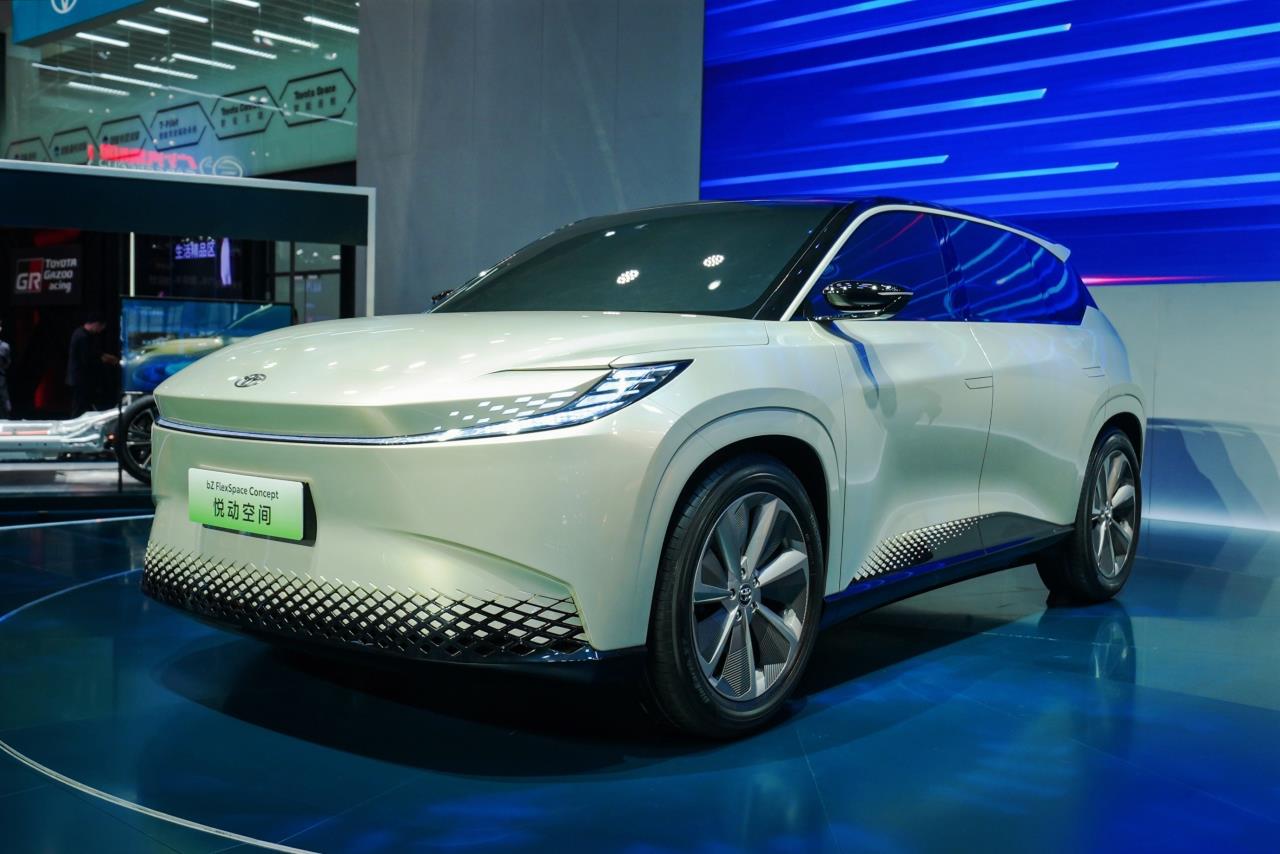
It is reported that this new car will be jointly developed by Guangzhou Automobile Group, Toyota and Guangzhou Automobile Toyota, demonstrating the strong combination of Toyota technology and Guangzhou Automobile technology in localization application.
This model is expected to be introduced in 2024. The official of GAC Toyota said that in the future, GAC Toyota will further open up cooperation, actively promote on-site research and development, continue to practice the electrification strategy, and make full use of the resources of both shareholders to electrify and bring high-value pure electric vehicles to users.
GAC Toyota, which is so sincere, believes that it can not only win users through the fifth-generation intelligent electric hybrid twin-engine and quasi-L3-class assisted driving, but also its electric vehicle products are worth looking forward to.
Text/Bai Haotian
Editor/Yue Caizhou
Proofreading/Liu Baoqing







